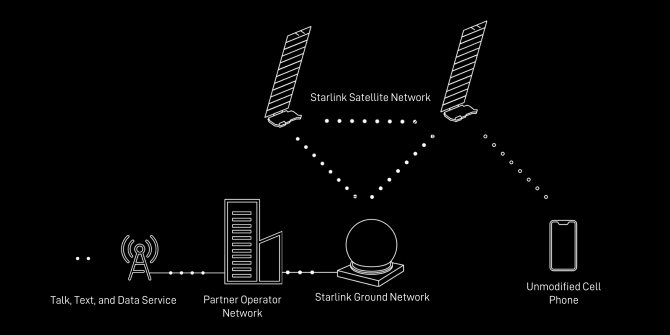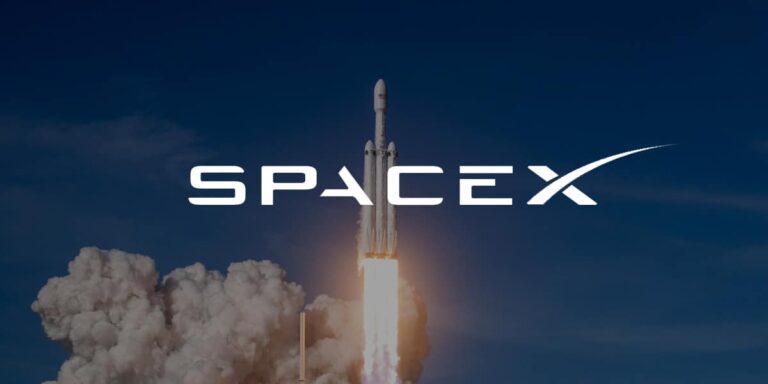Cell phones have connected to terrestrial antennae for the entire time they have been in existence. In order to access complicated emergency communication functions, certain phones can now really communicate with satellites directly. The corporation claims that the future it anticipates will come to pass next year will feature more reliable satellite connectivity. The initial Starlink Direct to Cell functionalities will be accessible at that time.
Although these enormous devices are nothing new and have been around for years, satellite functionality may soon be available on all cell phones. There are certain phones that already communicate with satellites, but the functionality are relatively basic. As an illustration, Apple clearly advertises its “Emergency SOS” service and offers the option to send a time-delayed SMS via a Globalstar partner satellite. Elon Musk previously hinted that the Starlink service would offer full data access after starting with SMS.
The LTE-based service will debut in 2024 and enable messaging, according to SpaceX’s recently updated satellite page. The company plans to launch phone and data service through satellite as well as connectivity for Internet of Things (IoT) gear the following year. No special phones or accessories are required for this service. LTE signals, which a cell phone without modifications may receive, will be broadcast by the satellites down to Earth.

Although it’s unclear what kind of connectivity we may anticipate, it would be wise to have realistic expectations. While it is undoubtedly possible to transmit an LTE signal to Earth, phones are not made to beam a signal hundreds of kilometers away. Real-time applications can become nearly impossible as a result. Although the site doesn’t list anticipated speeds, Musk has claimed Starlink could offer 2-4 Mbps of total bandwidth in each cell zone, which is equivalent to 15 square miles. If you divide that over several users, your data will start to crawl. But, in regions where terrestrial networks can’t reach, even a small amount of connectivity can be incredibly helpful.
Prior to this project, SpaceX collaborated with cellular providers all around the world, including T-Mobile in the US and KDDI in Japan. To enable the promised functionalities, the corporation will need to launch new satellites equipped with LTE antennas. The company’s massive rocket, the Starship, will be used to carry out that process after the Falcon 9 rocket, once it is prepared for commercial use. That vehicle, which has thus far failed to enter orbit, is still being tested by SpaceX.

